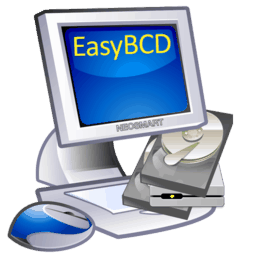The inevitable has happened, WordPress has gotten too big for its supporters’ boots. Copyright issues have always (respectfully) existed, but now it’s witch-hunt time. As always, these things are rarely directly-sponsored by the actual copyright holders but rather by a gang of loyal zealots errr fans. They tend to cause unwarranted panic and anger, and normally carry things far overboard — certainly more than their creators intended.
This time it’s WordPress bloggers on the rampage, and by the looks of it, they’e making a far bigger deal out of things than they need to. According to Lorelle, at the moment just anyone that has the term “WordPress” in their domain name (not title) needs to get rid of it. Immediately.


 “Windows Vista is the
“Windows Vista is the 
 Ever since Apple Computer Corporation [[AAPL]] decided to switch to the Intel platform, the online world’s been abuzz. Besides the hackers that put OS X on the normal PC, and those that put Windows on the iMac (which NeoSmart Technologies was proudly a
Ever since Apple Computer Corporation [[AAPL]] decided to switch to the Intel platform, the online world’s been abuzz. Besides the hackers that put OS X on the normal PC, and those that put Windows on the iMac (which NeoSmart Technologies was proudly a